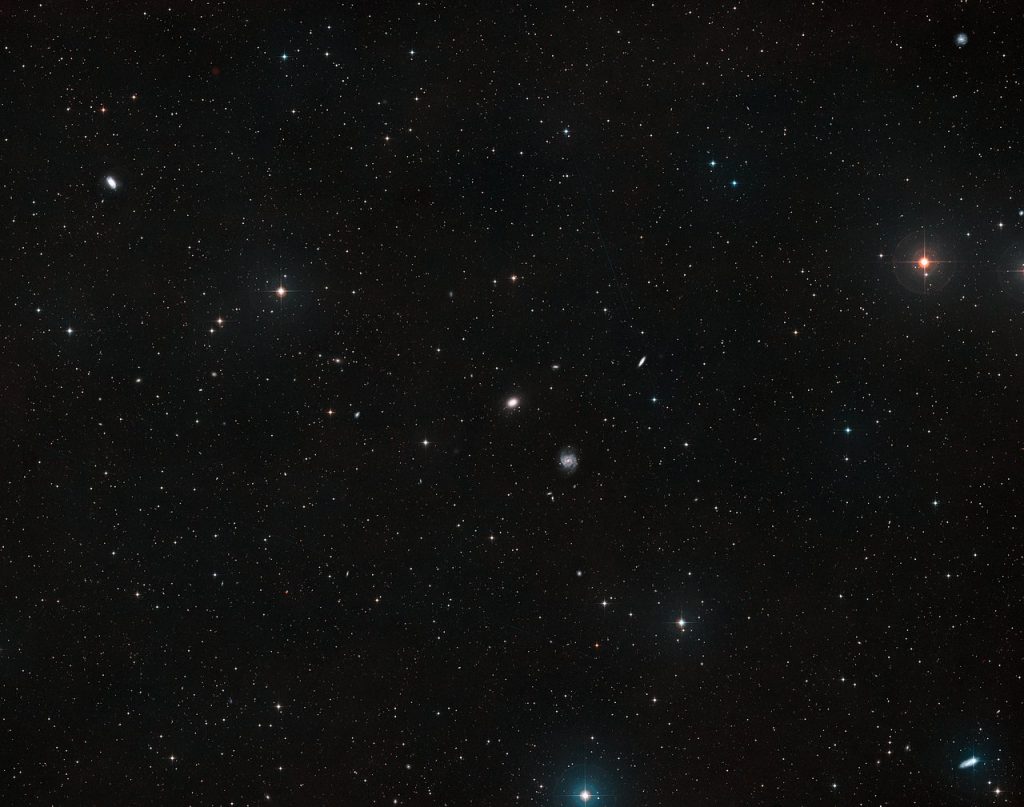
As much as we wish all the cool stuff in the sky could be seen with backyard telescopes, the reality is, some stuff can’t be seen at all. Specifically, dark matter, one of the dominant ingredients in our universe, defies direct detection and can only be seen by how its gravity affects galactic rotations and galaxy movements and by how it twists the light of the distant objects.
Our current theories for cosmology generally tell a story of massive dark matter halos collapsing together gravitationally and pulling into their centers the kind of matter that we can see — the material capable of forming stars and other luminous structures. In this story, there is space for halos to collect more or less luminous matter and for there to be places that have only dark matter and nothing luminous at all. What was not explained in this story is how you can get a luminous galaxy with no dark matter, something we actually find now and then.
And, it turns out, the reason our story doesn’t explain how these systems can form is that they probably don’t form this way.
In a new paper appearing in The Astrophysical Journal with lead author Mireia Montes, astronomers describe how Hubble Space Telescope (HST) images of the dark matter-free galaxy NGC 1052-DF4 appears to have recently undergone some kind of a collision or interaction with the massive galaxy NGC 1035, an interaction that appears to have stripped the dark matter from NGC 1052-DF4. According to Montes: We used Hubble in two ways to discover that NGC 1052-DF4 is experiencing an interaction. This includes studying the galaxy’s light and the galaxy’s distribution of globular clusters.
Specifically, they found that 7% of the galaxy’s luminous material had been torn into tidal tails, and the globular cluster distribution was consistent with the clusters being stripped out of the system.
This result is a good indicator that, while the dark matter of the galaxy was evaporated from the system, the stars are only now starting to suffer the disruption mechanism, explained team member Ignacio Trujillo of the Instituto de Astrofísica de Canarias in Spain. In time, NGC 1052-DF4 will be cannibalized by the large system around NGC 1035, with at least some of their stars floating free in deep space.
More work is needed to see if other low dark matter and dark matter-free galaxies also show signs of ongoing disruption. It may turn out that these systems are simply caught in the middle of being consumed, where the dark matter was eaten away first, with the stars saved for dessert.
More Information
Hubble ESA Information Centre press release
“The Galaxy ‘Missing Dark Matter’ NGC 1052-DF4 Is Undergoing Tidal Disruption,” Mireia Montes et al., 2020 Nov. 26, Astrophysical Journal (preprint on arxiv.org)




 Join the Crew!
Join the Crew!
 Escape Velocity Space News
Escape Velocity Space News
0 Comments